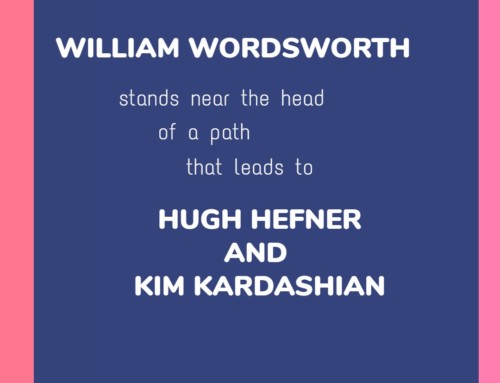Are apartments like these popping up in your town?
They’re called the “New Urbanism.” The idea is: more walkability. Retail on the street, apartments above, making it possible for people to do their shopping and errands without driving. Create spaces that attract people. Keep building height down a room-like scale, say, four or five stories (Anybody ever notice that central Paris is nothing but four- and five-story buildings?). A side benefit is: less crime, because people are present. They become “eyes on the street.”
It is the brainchild of Jane Jacobs, a Scranton-born journalist. She and her husband bought a rundown property in New York’s Greenwich Village in the 1950s, renovated it, and fell in love with city living.
Jacobs watched neighborhood life from her window and began to understand what makes a neighborhood work. Adding her research about other cities, she eventually wrote The Death and Life of Great American Cities.
I could swear I read this book years ago, but more on that later. The book we’re discussing today is Wrestling with Moses, by Anthony Flint, which documents Jacobs’ battles with Robert Moses.
Moses was a prolific New York builder, famous for his parks, playgrounds, beaches and highways.
The trouble started when he wanted to raze Jacobs’ neighborhood and build a midtown expressway.
Moses’s other highways were “landscaped parkways or ‘ribbon parks’—two lanes in each direction, sweeping and carving through the wooded countryside—with no traffic lights, no left-turn lanes, and no commercial development except for service areas with a strictly uniform appearance.”
So what was the problem?
According to Jacobs, he wanted to destroy something irreplaceable. Moses’ ideas about urban renewal were entirely clean and modern and lifeless. Even hear of housing the poor in high-rise towers? As in, “the projects”? Yeah, that was the bright idea of Moses and his contemporaries.
“In ‘Downtown Is For People,’ published in Fortune in 1958, Jacobs laid out her critique: downtown redevelopment efforts across the United States were completely misguided and showed no understanding of how people actually behaved in cities. ‘These projects will not revitalize downtown; they will deaden it,’ she wrote. ‘They will be stable and symmetrical and orderly. They will be clean, impressive, and monumental. They will have all the attributes of a well-kept, dignified cemetery.’”
Moses was used to getting his way. He got himself appointed to multiple commissions, the civil engineering equivalent of making yourself the judge, jury and executioner. He never took kindly to input from actual citizens, especially Scranton-born housewives who never earned a degree in city planning.
But this is a case of Goliath underestimating David.
You really should read her Death & Life book too. I remember having some objections to it at the time. Jacobs wrote as if a Greeley, Colorado, can achieve the dense and diverse charm of a Greenwich Village, as if trains are as practical in Boise as in Boston. I also remember a factoid about jiggling car motors causing internal injury. What the — ?
And as for Wrestling with Moses, I’m put off by the Saul Alinsky tactics that Jacobs eventually employed against Moses.
But I’ll be the first to admit that some of my favorite places to walk contain every element of Jacobs’ ideal neighborhood.
The lady was on to something.
Photo credit: Loozrboy on Visual Hunt / CC BY-SA







Leave A Comment